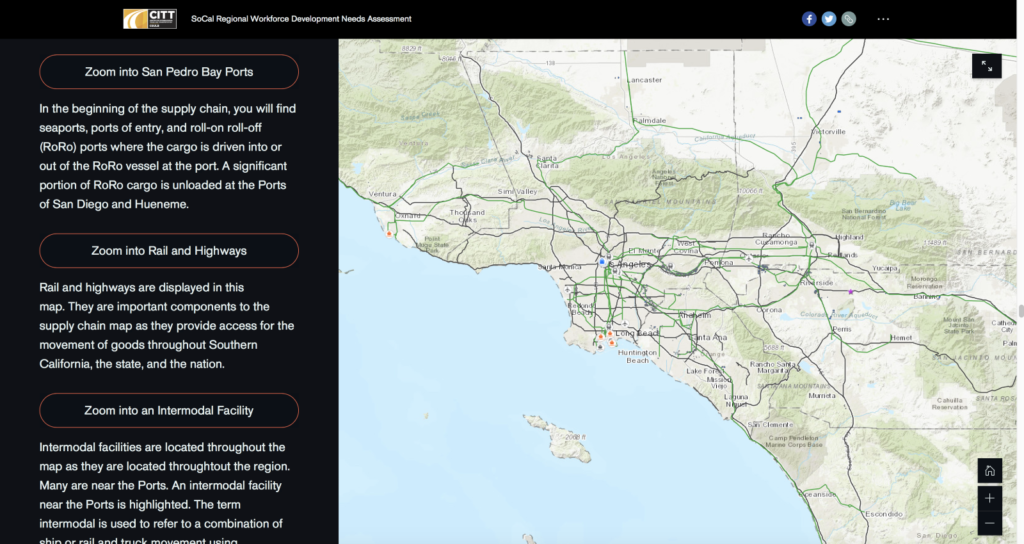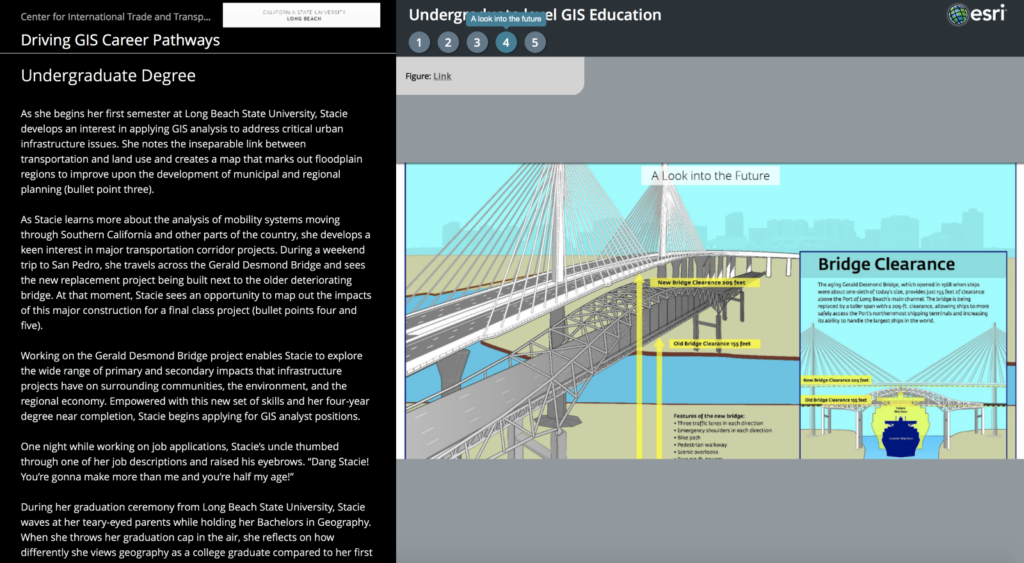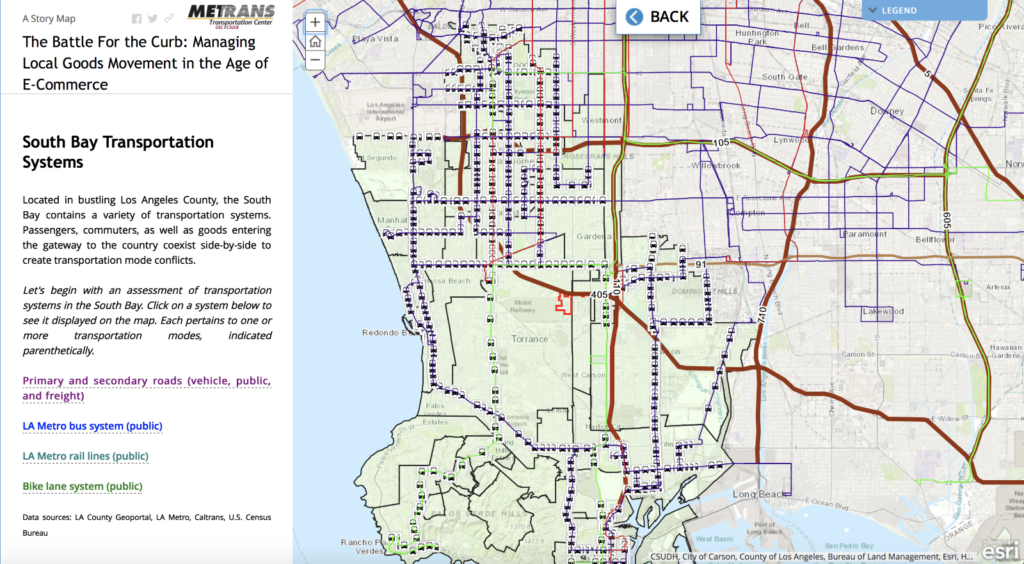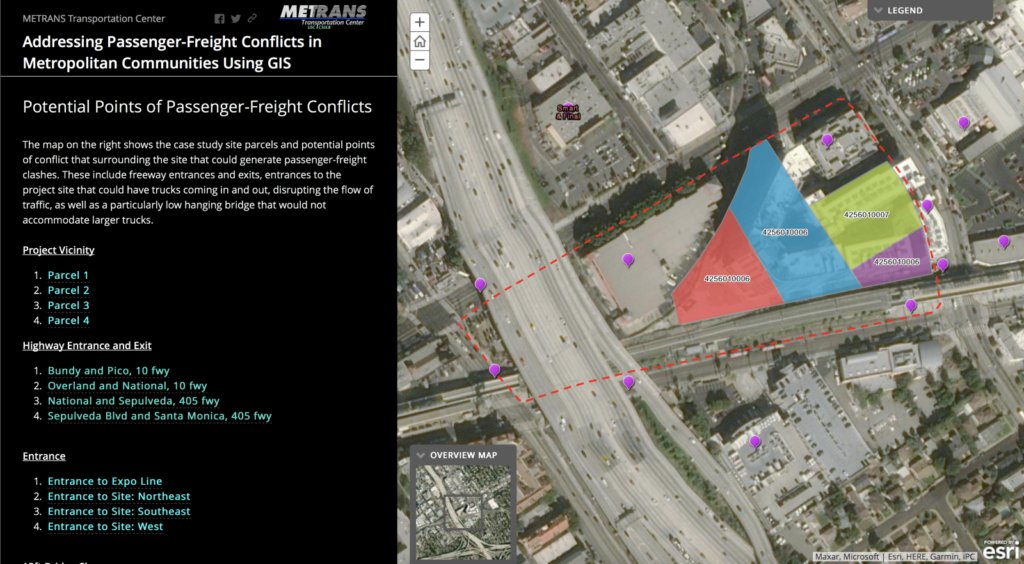Save the Date, June 2-4, 2025!
The TRB National Summit on the Future of the Transportation Workforce will be held June 2-4, 2025 in Westminster, Colorado (near Denver). Be a part of the conversation as we address the challenges faced in each of the workforce life cycle steps and help identify the research needs of practitioners to ensure a resilient and skilled workforce for our changing modes and communities.
The Summit will address three main questions:
- How do we attract and engage a diverse workforce?
- What kind of workforce do we need for the 21st century?
- What business models and tools sustainably support workforce needs?





 Apprenticeship Program Best Practices Guide
Apprenticeship Program Best Practices Guide The Highway Construction Apprenticeship Development Guide—a companion piece to the Playbook—was developed by CITT’s Education and Workforce Development Analyst Deanna Matsumoto and Research Assistant Caitlin Mace, as part of a Southwest Transportation Workforce Center grant awarded to CITT by FHWA. As part of her work, Matsumoto and a team of research assistants conducted semi-structured telephone interviews with the Working Groups/Task Forces for ten out of the twelve HCWP pilot locations in order to gain insight on each Working Group’s best practices. The Guide matches pilot program recommendations with plays from the Playbook. A future update of the FHWA Playbook will incorporate CITT’s work to produce a final, comprehensive document.
The Highway Construction Apprenticeship Development Guide—a companion piece to the Playbook—was developed by CITT’s Education and Workforce Development Analyst Deanna Matsumoto and Research Assistant Caitlin Mace, as part of a Southwest Transportation Workforce Center grant awarded to CITT by FHWA. As part of her work, Matsumoto and a team of research assistants conducted semi-structured telephone interviews with the Working Groups/Task Forces for ten out of the twelve HCWP pilot locations in order to gain insight on each Working Group’s best practices. The Guide matches pilot program recommendations with plays from the Playbook. A future update of the FHWA Playbook will incorporate CITT’s work to produce a final, comprehensive document. The Guide also develops additional recommendations for future career development programs, building upon those addressed in the Playbook. It recommends implementing many progressive strategies for outreach such as using social media to recruit workers, creating a “no wrong door” policy that seeks to fit potential workers into positions that best suit their skills, and targeting areas where mobility infrastructure development was a high need, thereby facilitating economic development for communities through mobility in addition to job creation. Other innovative recommendations included facilitating childcare services for employees, addressing transportation obstacles through ride-sharing and similar programs, and case management services to assist with external factors that play into career success such as housing, food insecurity, substance abuse, and financial literacy education. These recommendations were all pulled from best practices identified through the interviews with the FHWA Pilot Program managers.
The Guide also develops additional recommendations for future career development programs, building upon those addressed in the Playbook. It recommends implementing many progressive strategies for outreach such as using social media to recruit workers, creating a “no wrong door” policy that seeks to fit potential workers into positions that best suit their skills, and targeting areas where mobility infrastructure development was a high need, thereby facilitating economic development for communities through mobility in addition to job creation. Other innovative recommendations included facilitating childcare services for employees, addressing transportation obstacles through ride-sharing and similar programs, and case management services to assist with external factors that play into career success such as housing, food insecurity, substance abuse, and financial literacy education. These recommendations were all pulled from best practices identified through the interviews with the FHWA Pilot Program managers.
 On April 3, 2020 Dr. Jean-Paul Rodrigue, Professor of Global Studies & Geography at Hofstra University, New York and a member of METRANS’ MetroFreight research center, presented his research on the impact of the COVID-19 pandemic on transportation to METRANS Advisory Board, faculty, and staff. Titled “Coronavirus Impacts on Trade and Supply Chains,” the presentation focused on the effects of the unfolding COVID-19 pandemic on international trade and supply chains. Rodrigue was invited by METRANS Director, Professor and Ferraro Chair in Effective Local Government at the University of Southern California, Dr. Genevieve Giuliano. “METRANS is fortunate to have a deep bench of experts from which we can draw,” Giuliano noted. “Professor Rodrigue not only is one of the world’s experts in international trade, but also conducted a research project on the potential impact of a pandemic on global supply chains. He is uniquely qualified to tell us what we can expect from this pandemic.”
On April 3, 2020 Dr. Jean-Paul Rodrigue, Professor of Global Studies & Geography at Hofstra University, New York and a member of METRANS’ MetroFreight research center, presented his research on the impact of the COVID-19 pandemic on transportation to METRANS Advisory Board, faculty, and staff. Titled “Coronavirus Impacts on Trade and Supply Chains,” the presentation focused on the effects of the unfolding COVID-19 pandemic on international trade and supply chains. Rodrigue was invited by METRANS Director, Professor and Ferraro Chair in Effective Local Government at the University of Southern California, Dr. Genevieve Giuliano. “METRANS is fortunate to have a deep bench of experts from which we can draw,” Giuliano noted. “Professor Rodrigue not only is one of the world’s experts in international trade, but also conducted a research project on the potential impact of a pandemic on global supply chains. He is uniquely qualified to tell us what we can expect from this pandemic.”